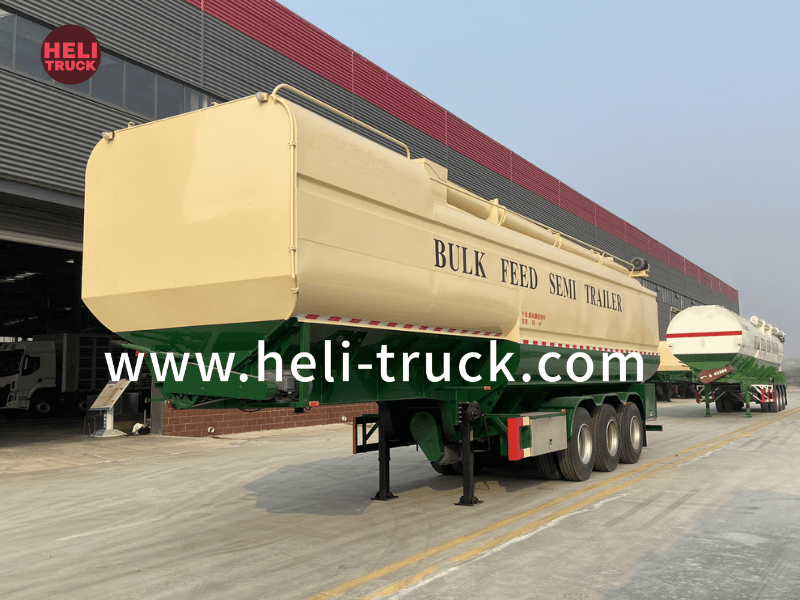Introduction
Garbage compactor trucks play a crucial role in waste management systems worldwide, efficiently collecting and compacting solid waste to reduce its volume and facilitate transportation to disposal sites. One important aspect of these specialized vehicles that often goes unnoticed is their weight. The weight of garbage compactor trucks has significant implications for their operation, road safety, and environmental impact. In this article, we will delve into the factors influencing the weight of garbage compactor trucks, the regulations governing their weight limits, and the importance of proper weight management in the waste management industry.
Factors Influencing Garbage Compactor Truck Weight

Several factors contribute to the weight of garbage compactor trucks, including:
1. Chassis Type: The chassis of a garbage compactor truck forms the foundation of the vehicle and determines its overall weight-bearing capacity. Trucks with heavier-duty chassis can accommodate larger waste loads but are typically heavier themselves.
2. Compaction Mechanism: The compaction mechanism of a garbage compactor truck, such as a hydraulic press or blade, adds weight to the vehicle. The design and efficiency of the compaction system also impact the weight of the truck.
3. Waste Capacity: The size and capacity of the waste storage compartment in a garbage compactor truck influence its weight. Trucks with larger storage volumes can carry more waste but are heavier when fully loaded.
4. Material Construction: The materials used in the construction of garbage compactor trucks, including steel, aluminum, and composite materials, affect their weight. Trucks made of heavier materials are sturdier but weigh more.
5. Additional Features: Optional features such as onboard scales, GPS systems, cameras, and safety equipment add to the overall weight of garbage compactor trucks. These features enhance functionality but must be considered in weight management.
Regulations Governing Garbage Compactor Truck Weight Limits
To ensure road safety, protect infrastructure, and promote environmental sustainability, governments and regulatory bodies worldwide have established weight limits and regulations for garbage compactor trucks. These regulations vary by region but generally include the following key aspects:
1. Gross Vehicle Weight (GVW): The maximum allowable weight of a garbage compactor truck when fully loaded, including the vehicle itself, waste, and any additional equipment. Exceeding the GVW limit can lead to fines, penalties, and safety hazards.
2. Axle Weight Limits: Restrictions on the weight that each axle of a garbage compactor truck can bear to prevent damage to roads and bridges. Axle weight limits are important for distributing the weight of the vehicle and its load evenly.
3. Weight Distribution: Regulations governing how the weight of the waste load should be distributed within the garbage compactor truck to maintain stability and prevent tipping or rollover accidents. Proper weight distribution is crucial for safe operation.
4. Refuse compactor truck accessories : Requirements for garbage compactor trucks to undergo regular inspections, maintenance, and weight checks to ensure compliance with weight regulations. Non-compliance can result in license suspension and other penalties.
Importance of Proper Weight Management in the Waste Management Industry
Effective weight management is essential for the safe and efficient operation of garbage compactor trucks in the waste management industry. Proper weight management offers the following benefits:
1. Road Safety: Overloaded garbage compactor trucks pose a significant safety risk on roads, increasing the likelihood of accidents, damage to infrastructure, and injuries to drivers and other road users. Adhering to weight limits enhances road safety.
2. Environmental Impact: Excessive weight on garbage compactor trucks can lead to higher fuel consumption, increased emissions, and accelerated wear and tear on vehicle components. By managing weight effectively, operators can reduce their environmental footprint.
3. Cost Efficiency: Proper weight management helps optimize fuel efficiency, reduce maintenance costs, and extend the lifespan of garbage compactor trucks. By operating within weight limits, waste management companies can achieve greater cost efficiency.
4. Legal Compliance: Compliance with weight regulations is essential to avoid fines, penalties, and legal consequences for violating weight limits. Responsible weight management ensures that garbage compactor trucks operate within the law.
Conclusion
The weight of garbage compactor trucks is a critical aspect of their design, operation, and regulatory compliance. Understanding the factors influencing truck weight, the regulations governing weight limits, and the importance of proper weight management is essential for waste management professionals, truck operators, and regulatory authorities. By prioritizing weight management practices, the waste management industry can enhance safety, efficiency, and environmental sustainability in the collection and disposal of solid waste.
